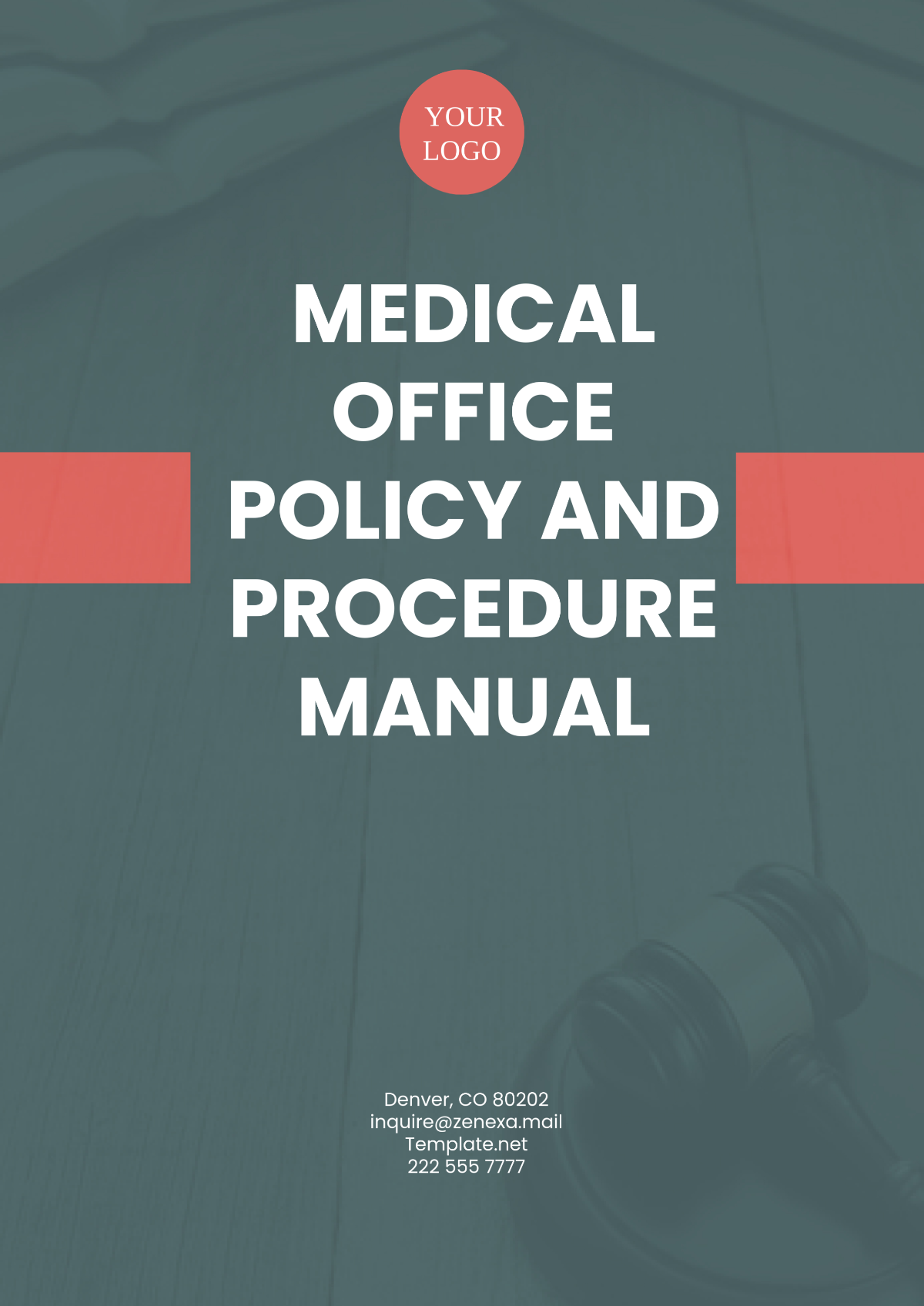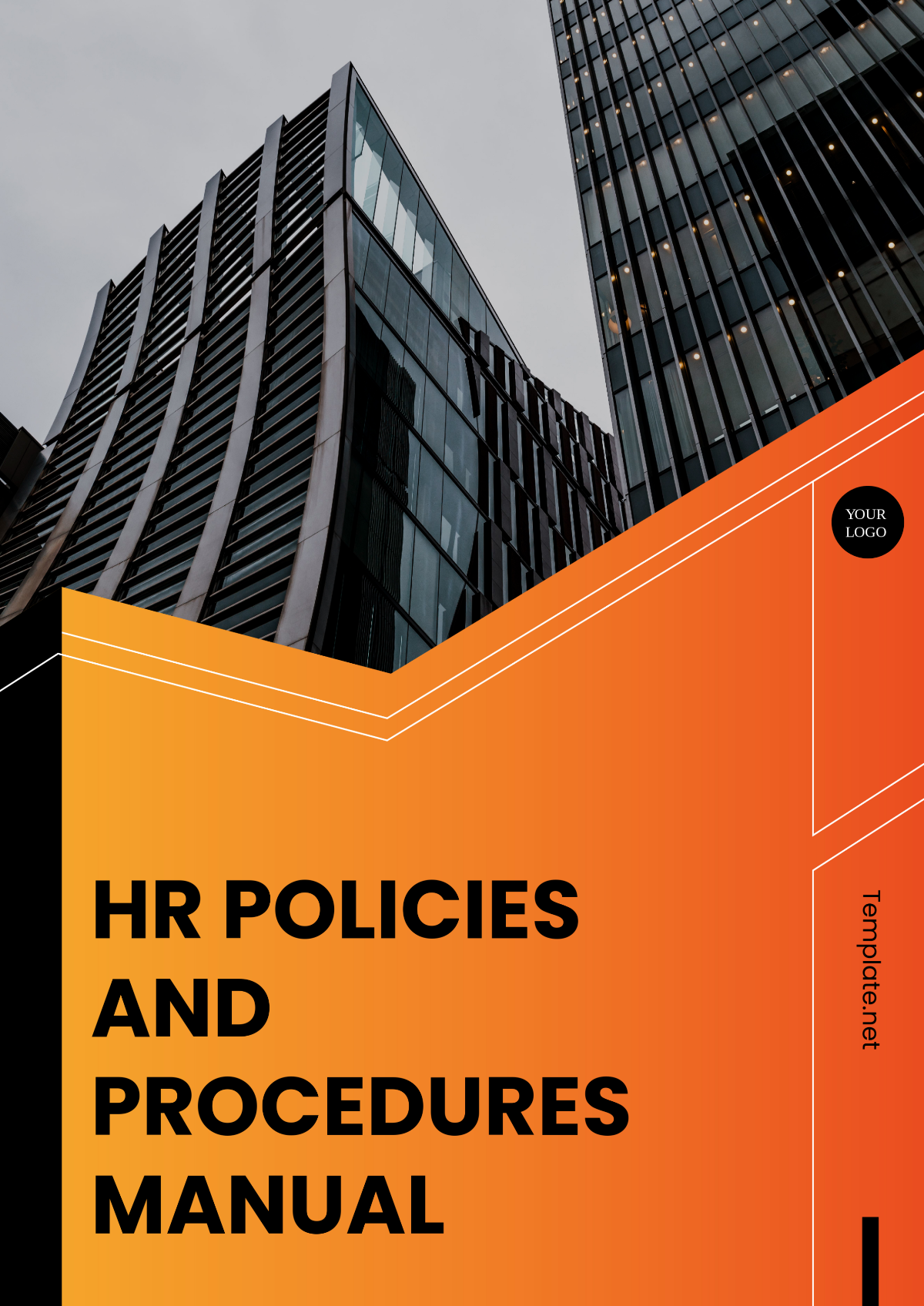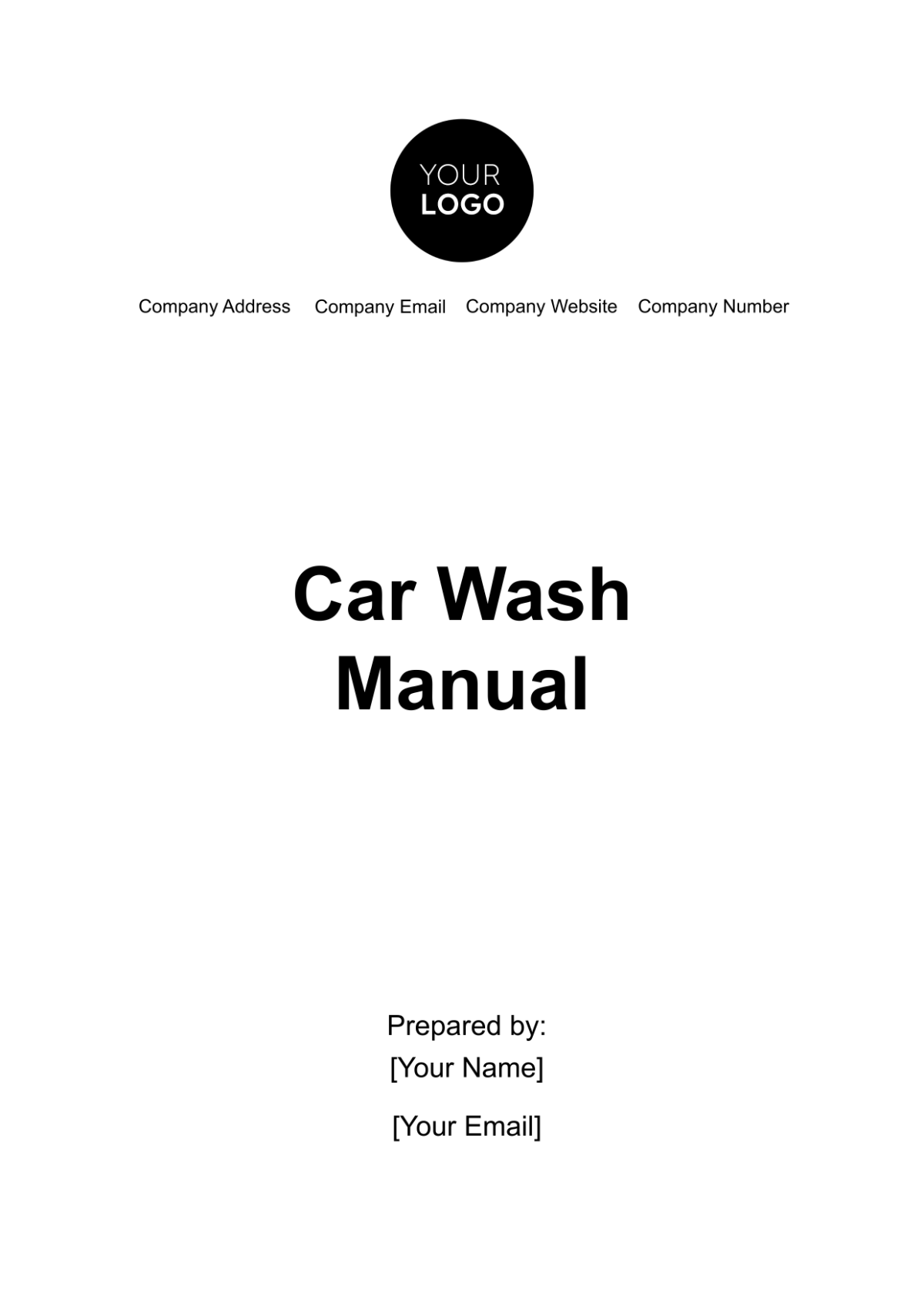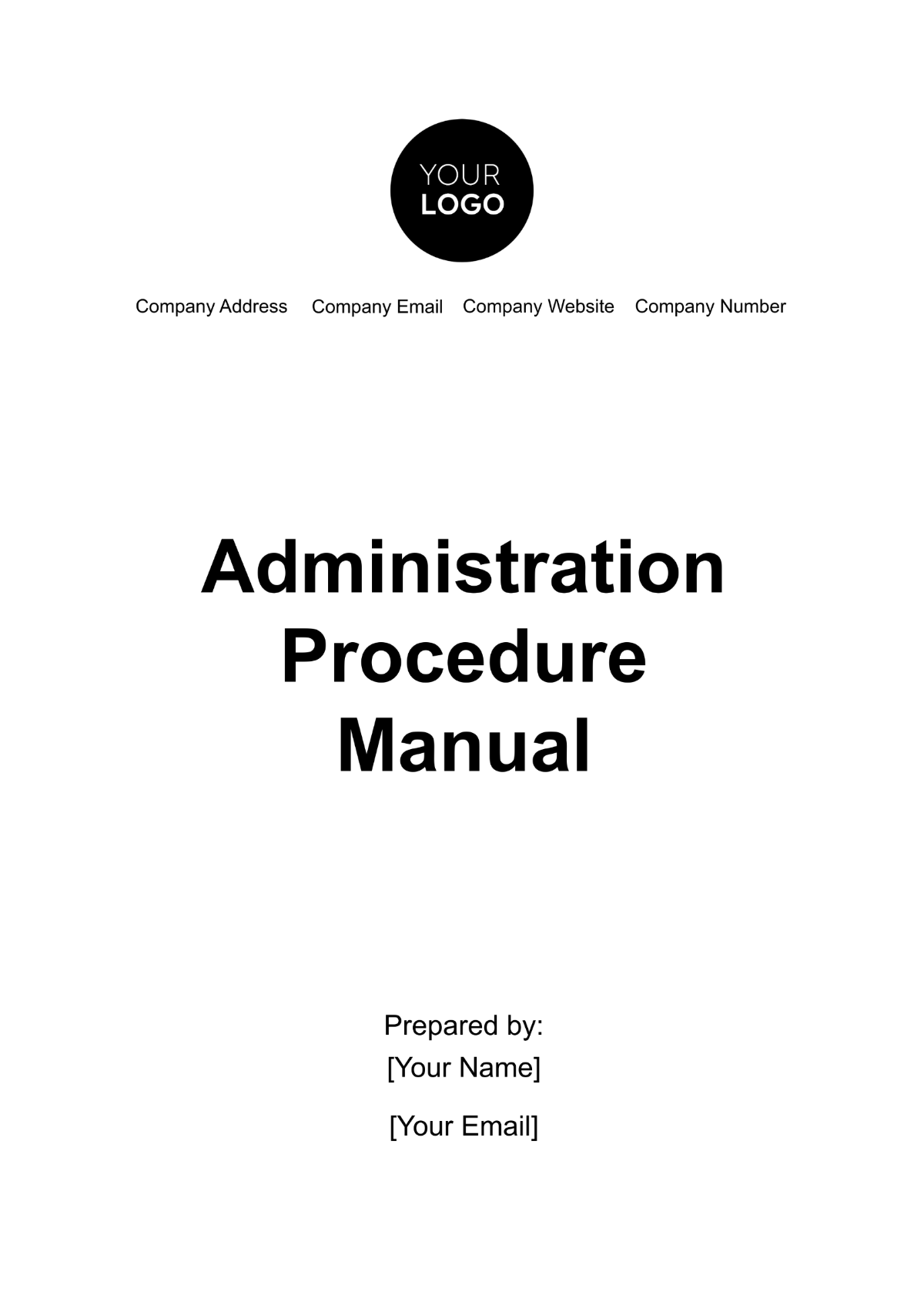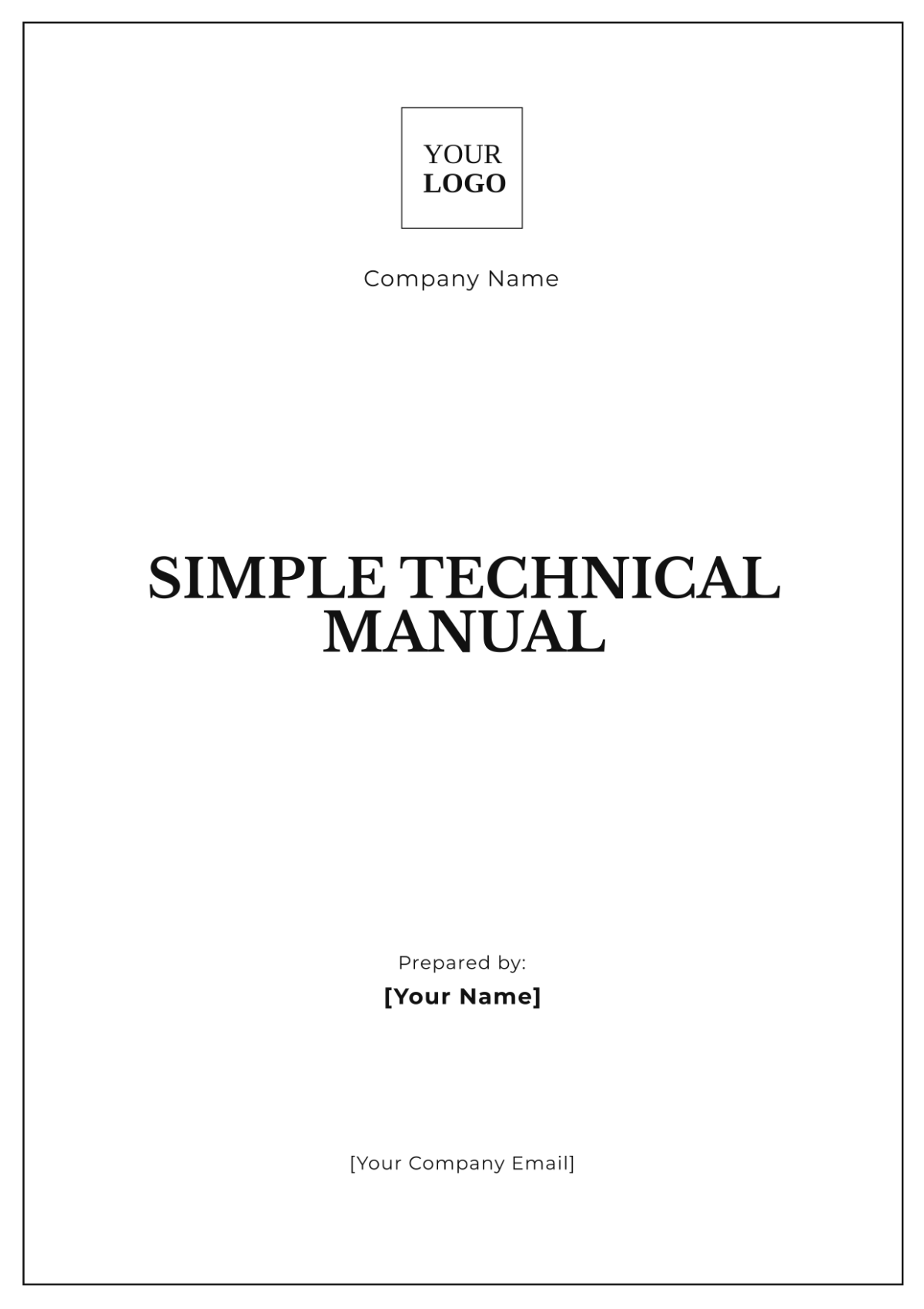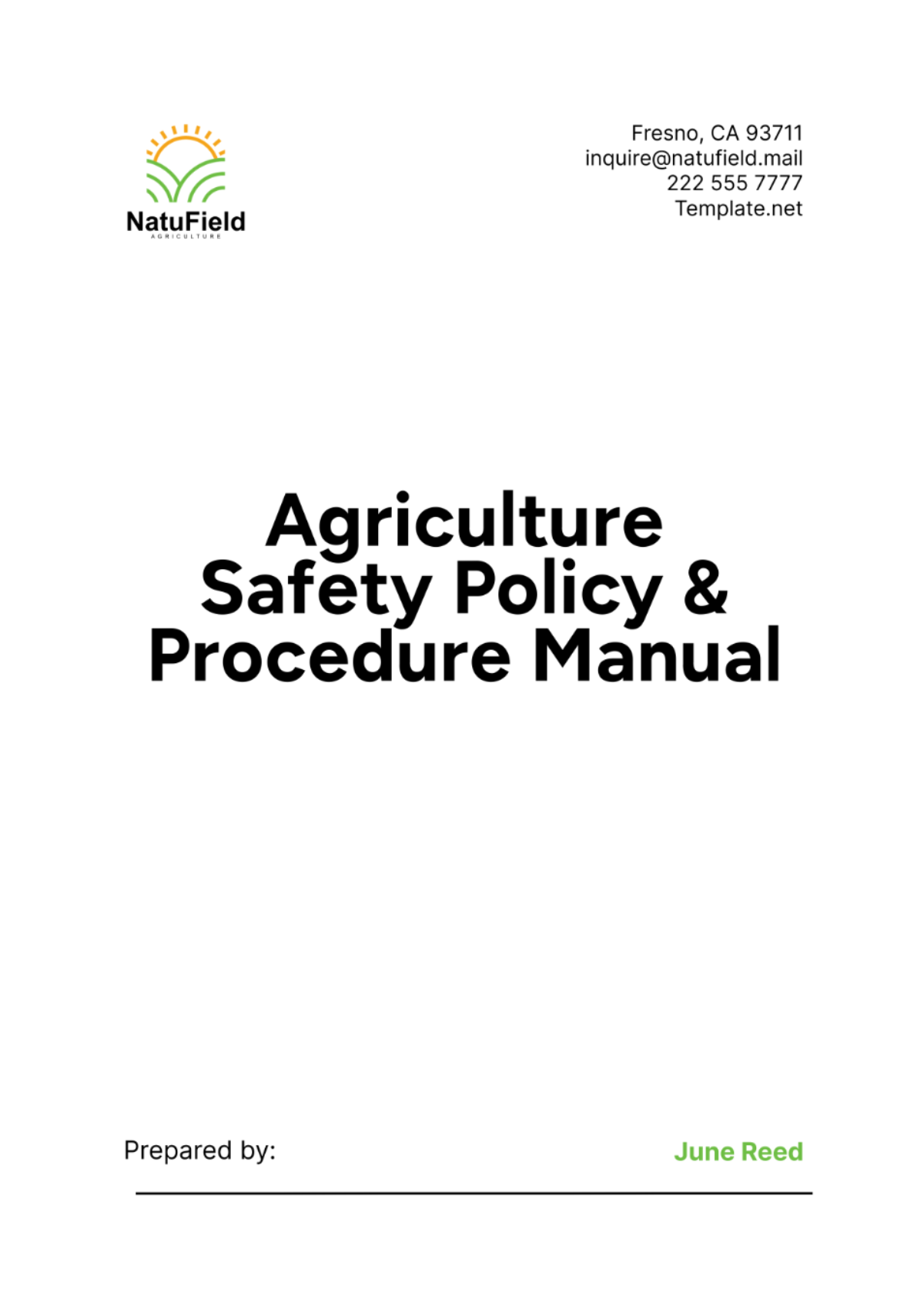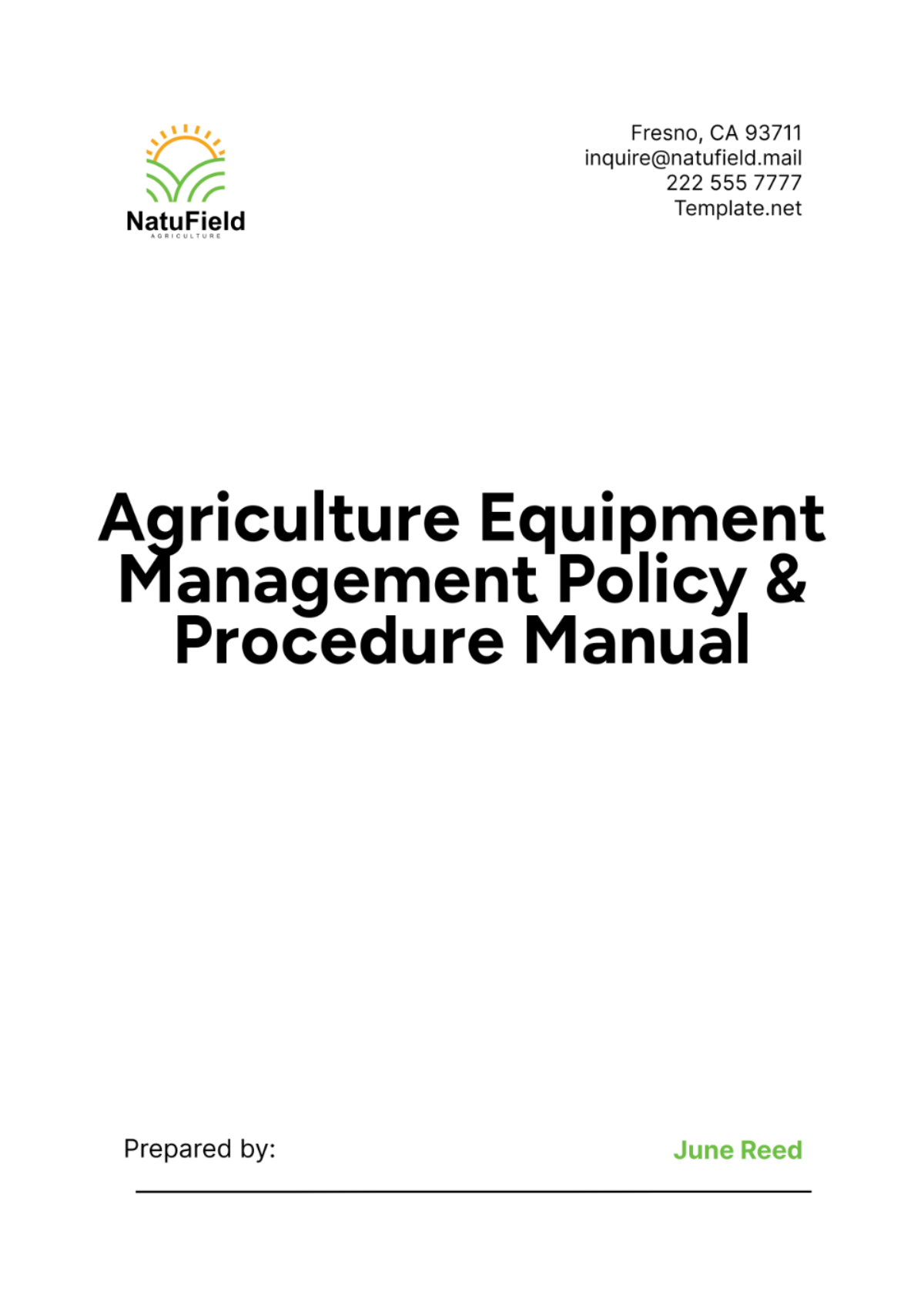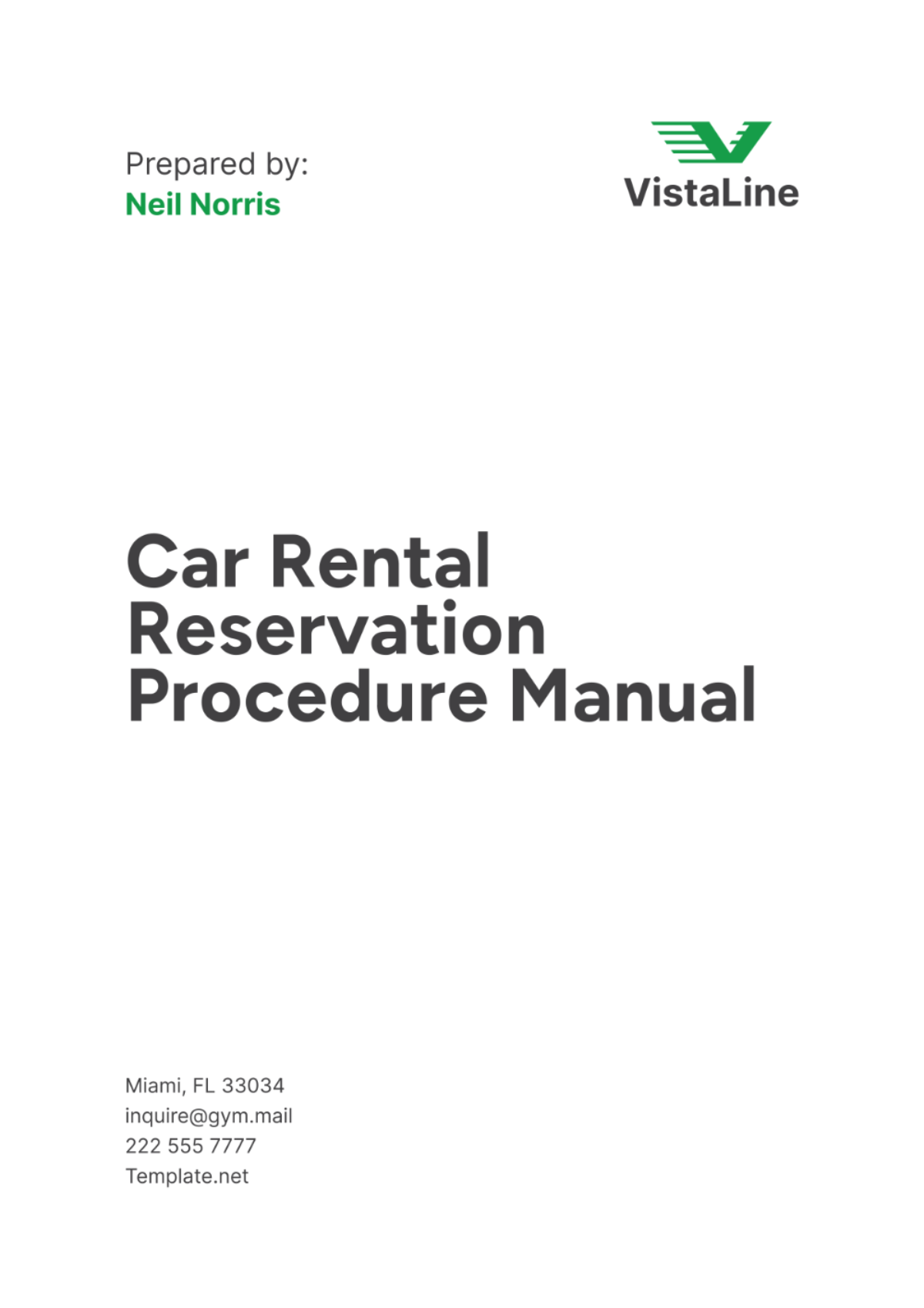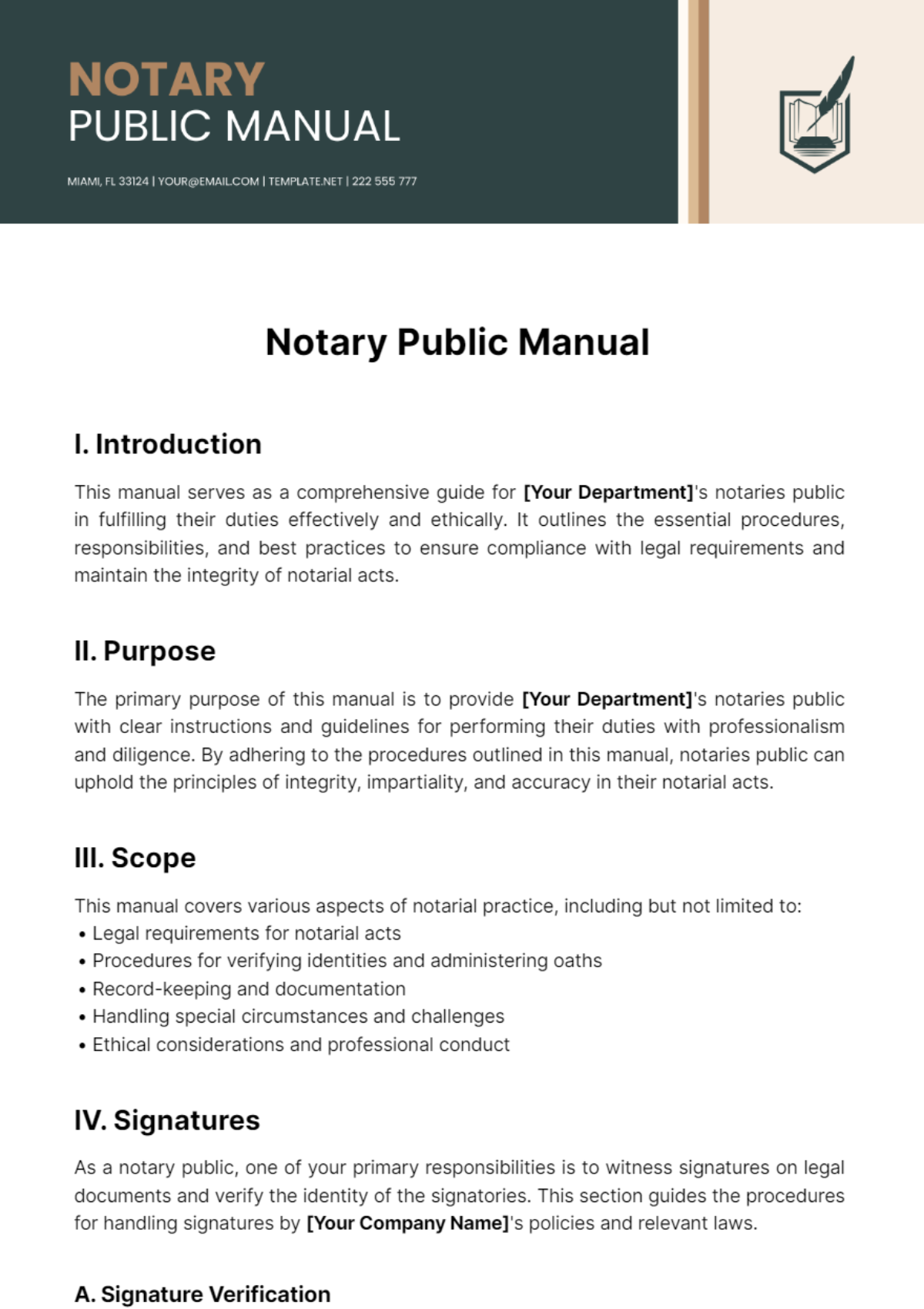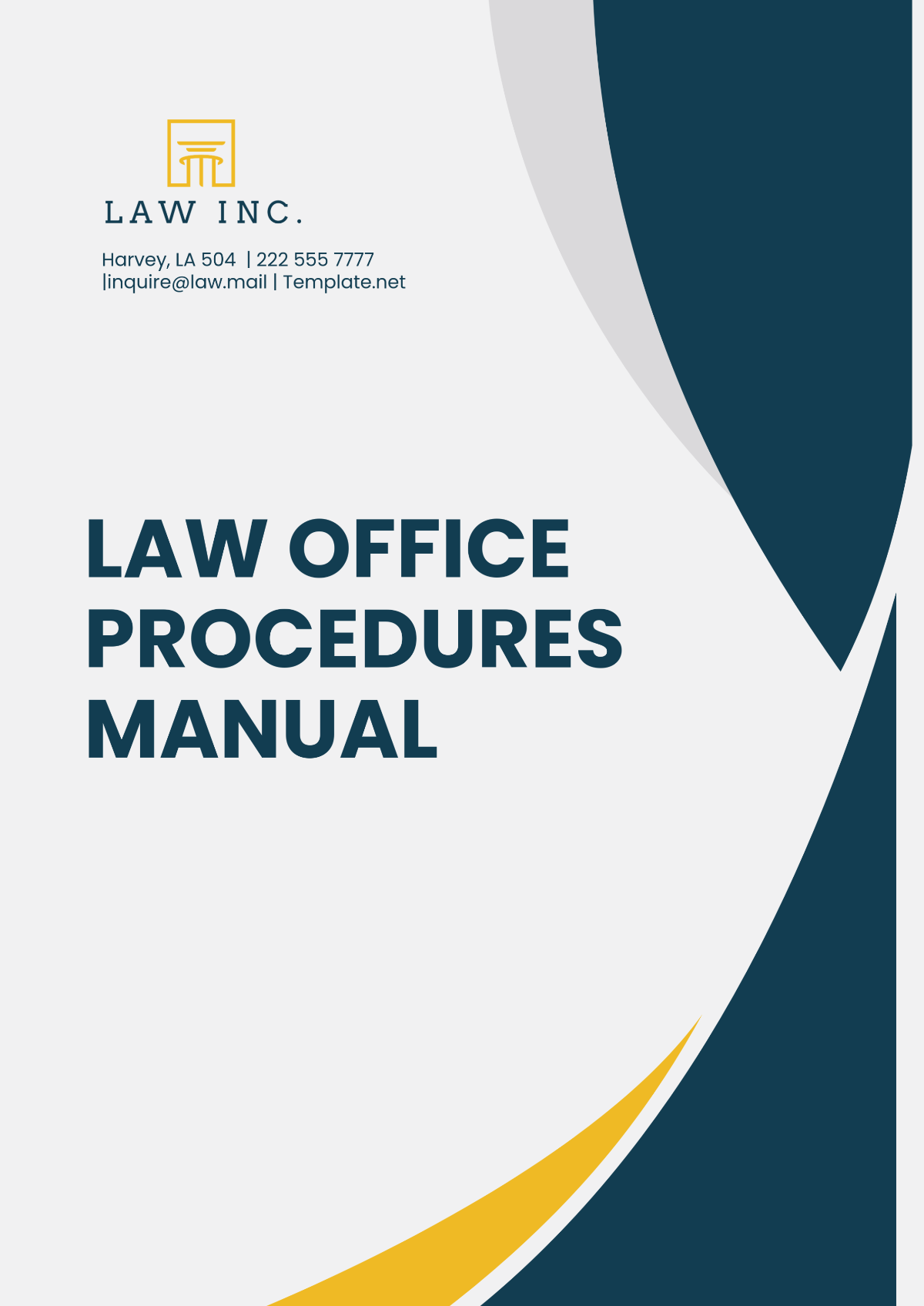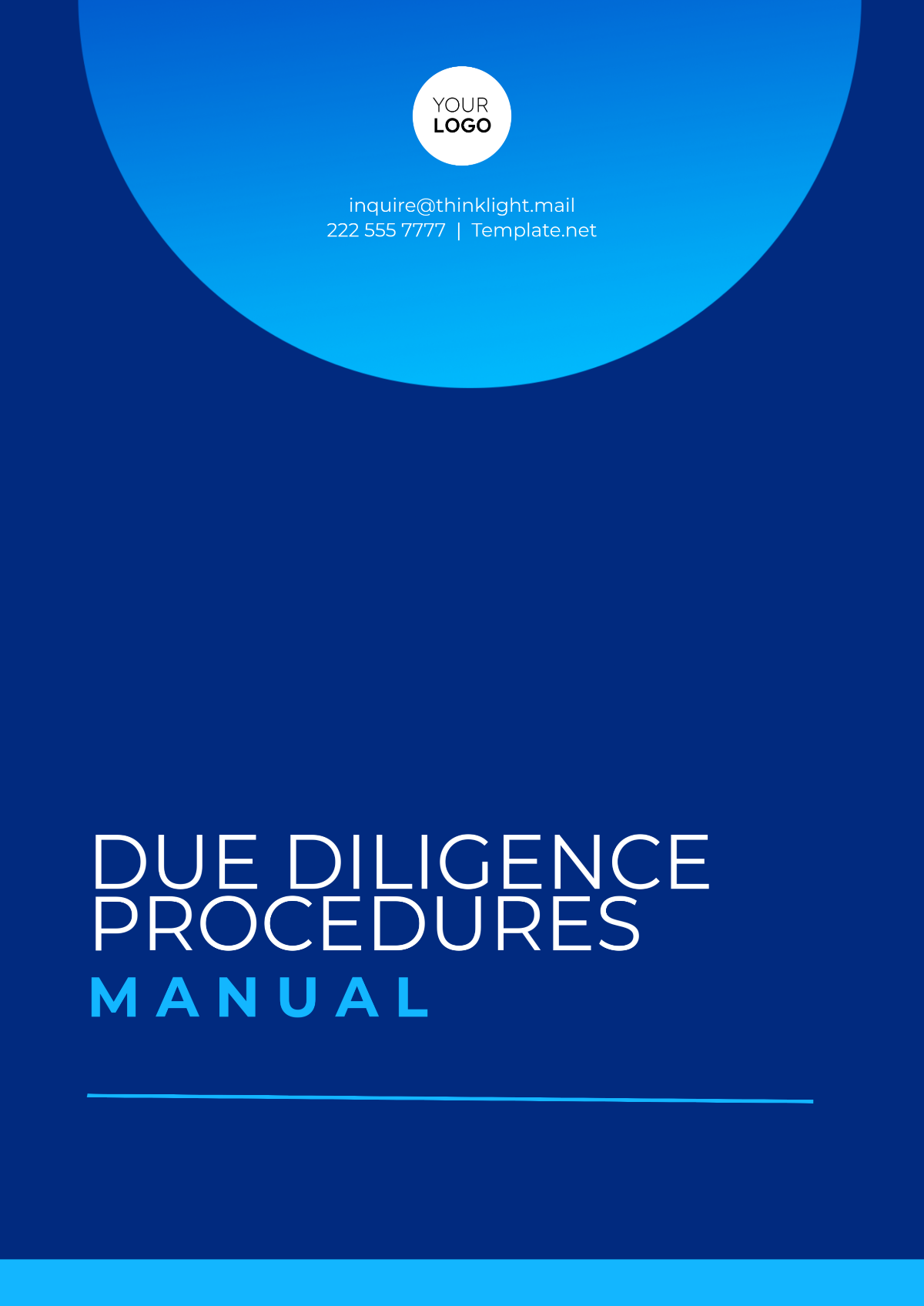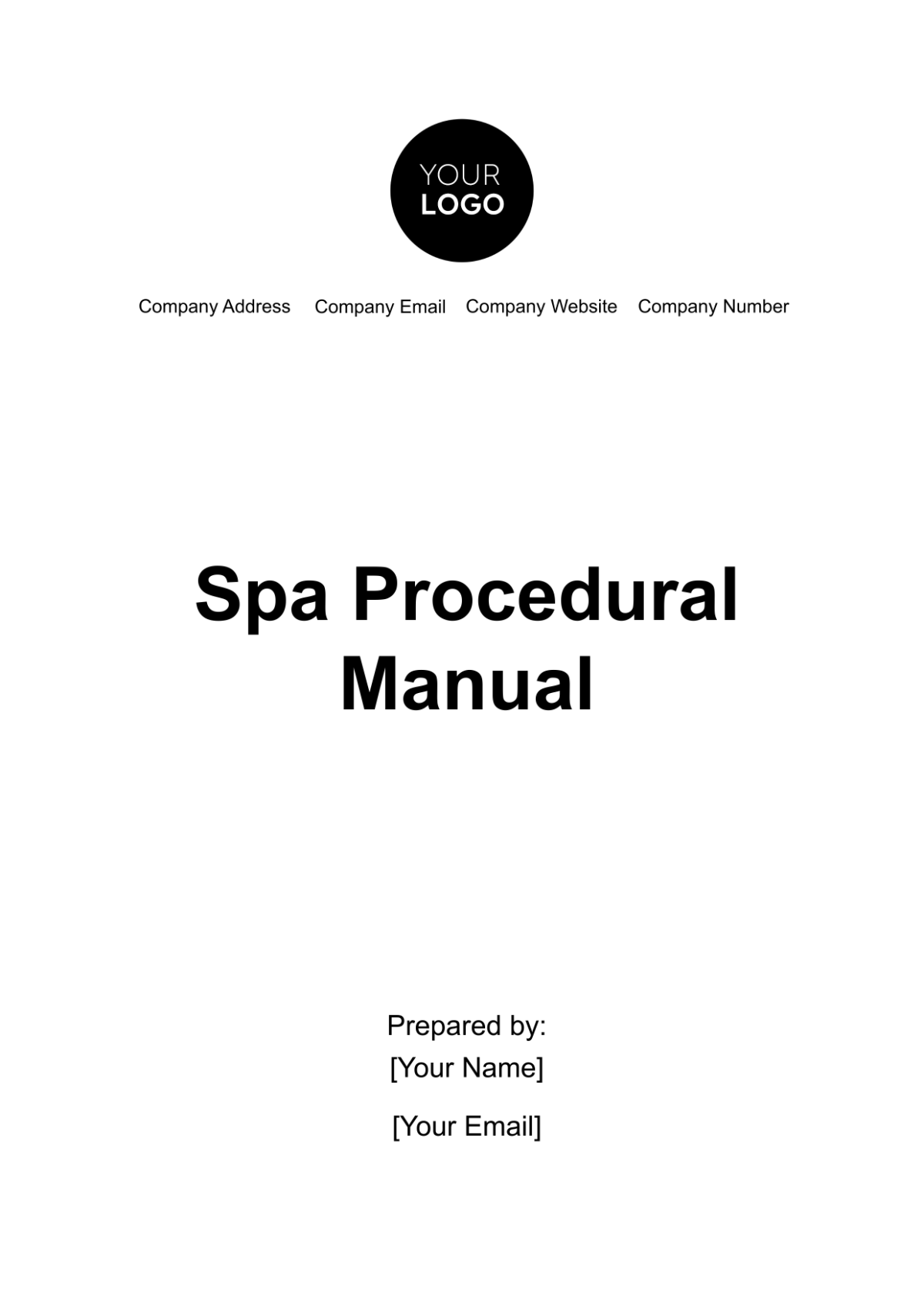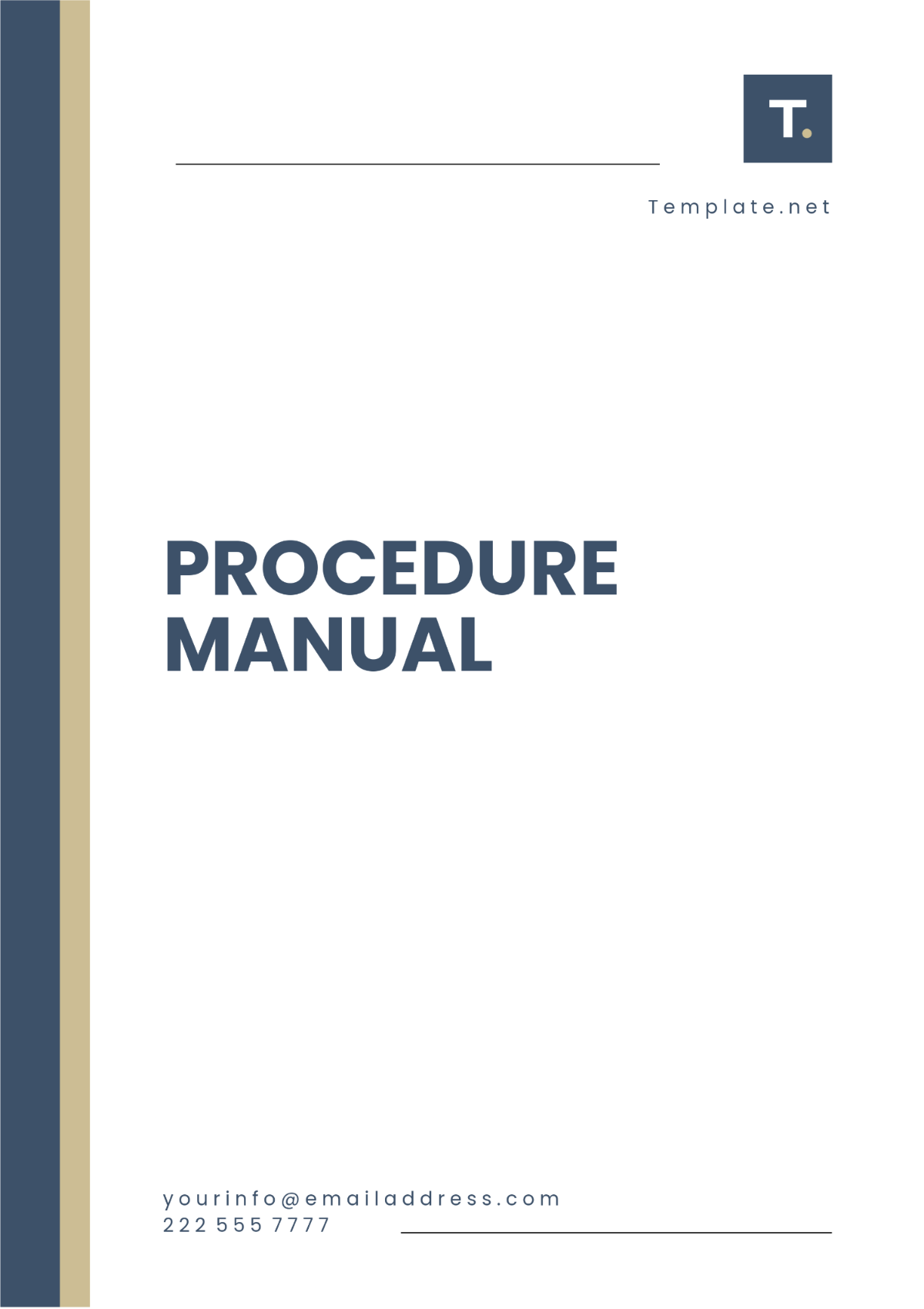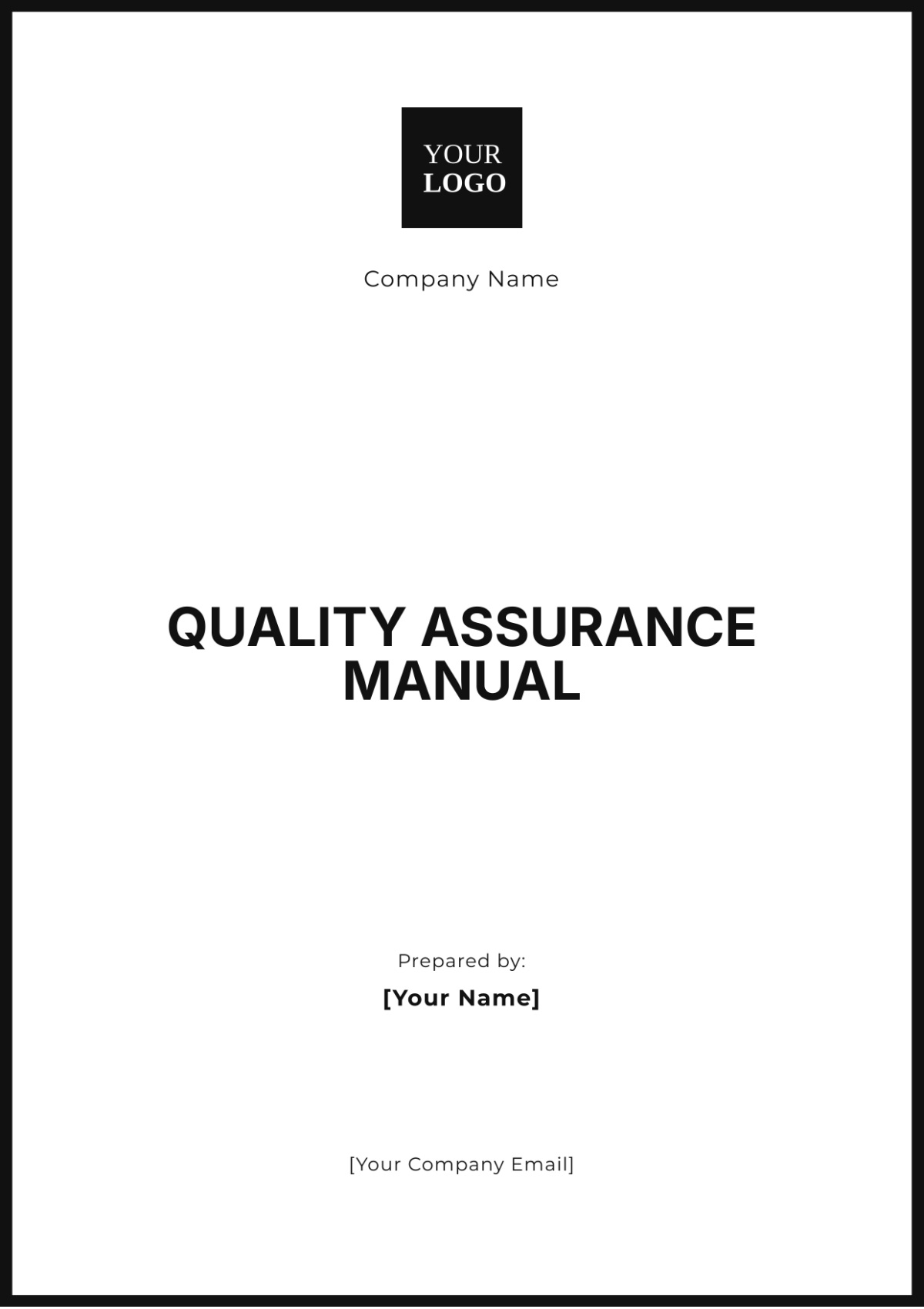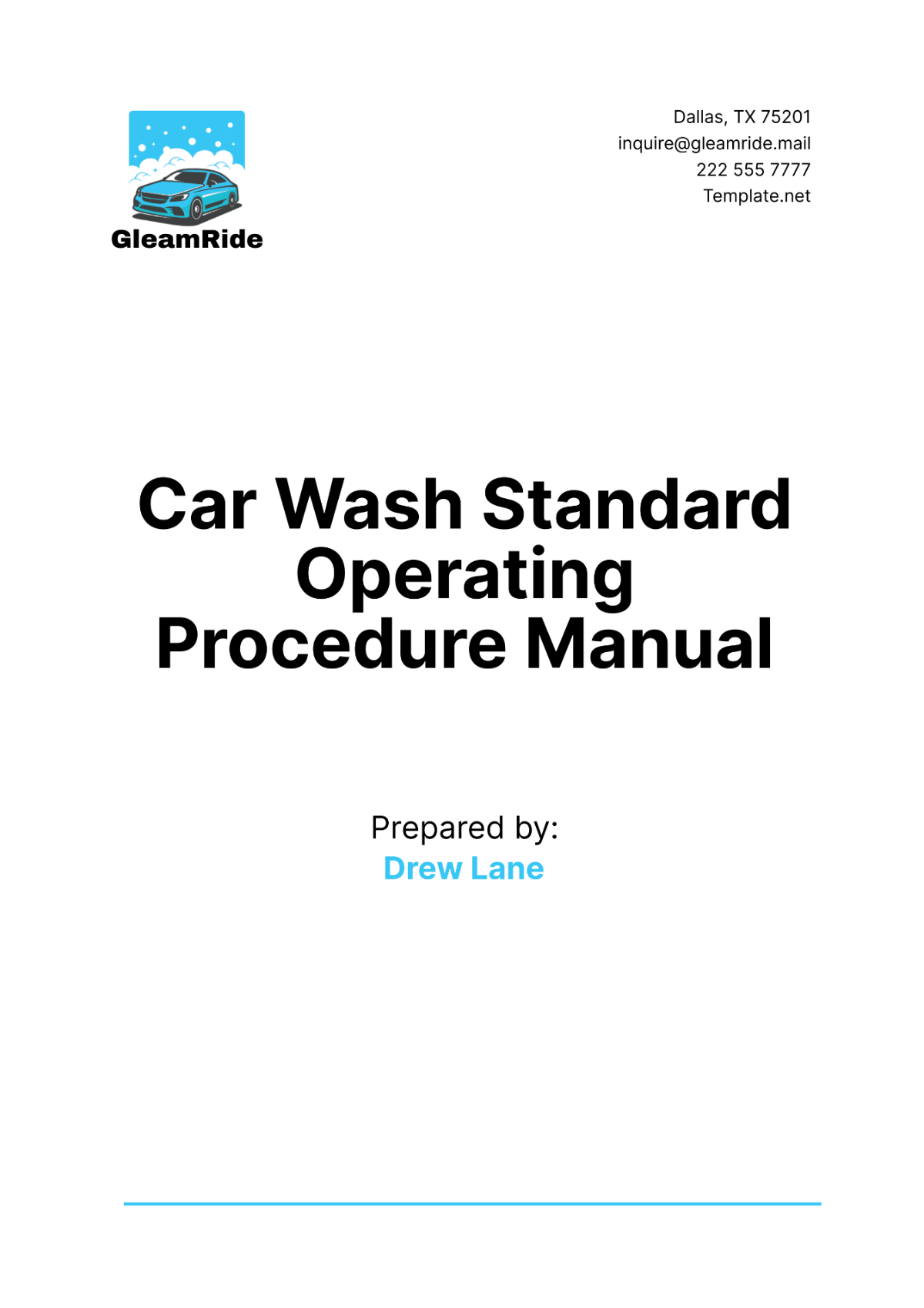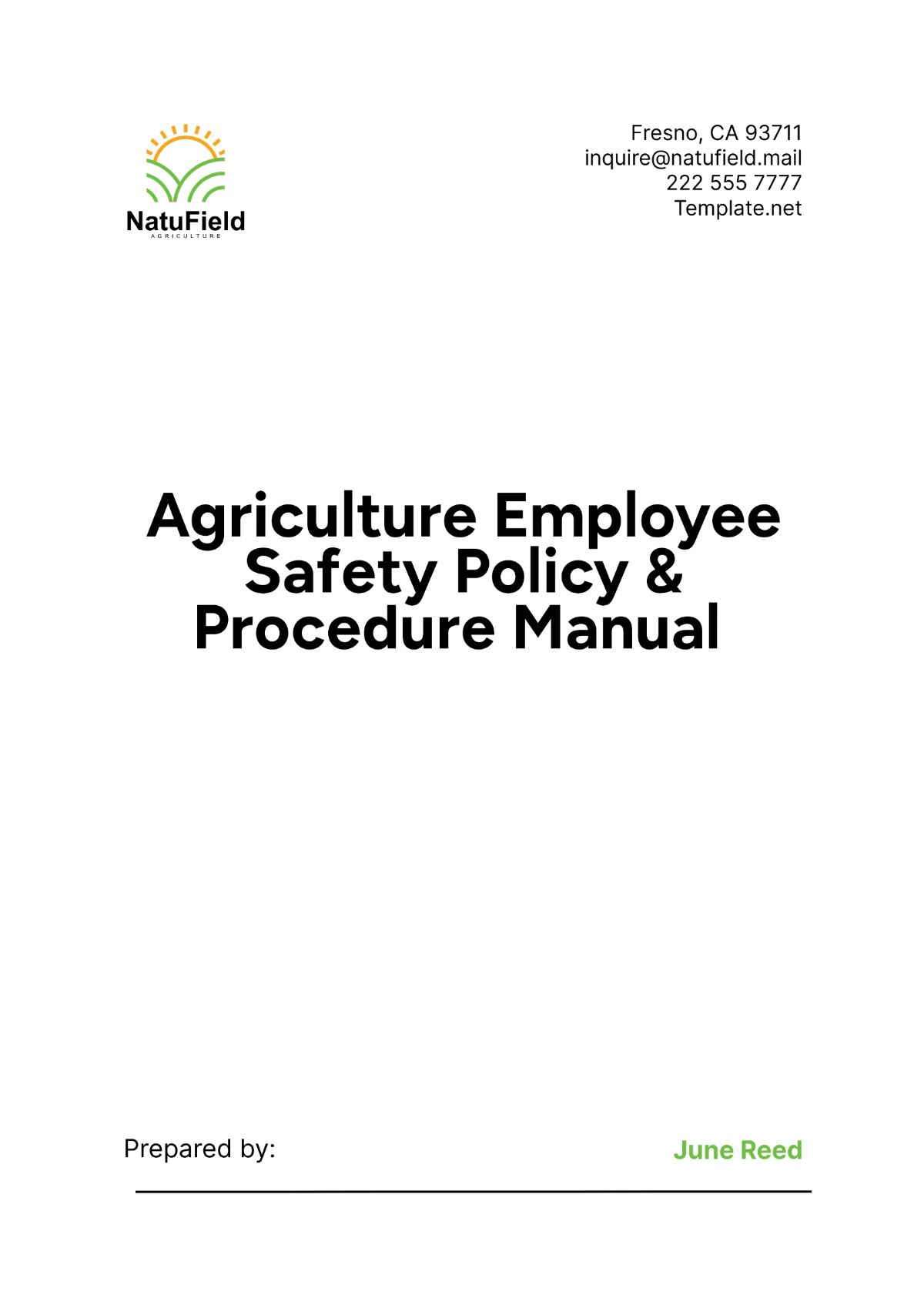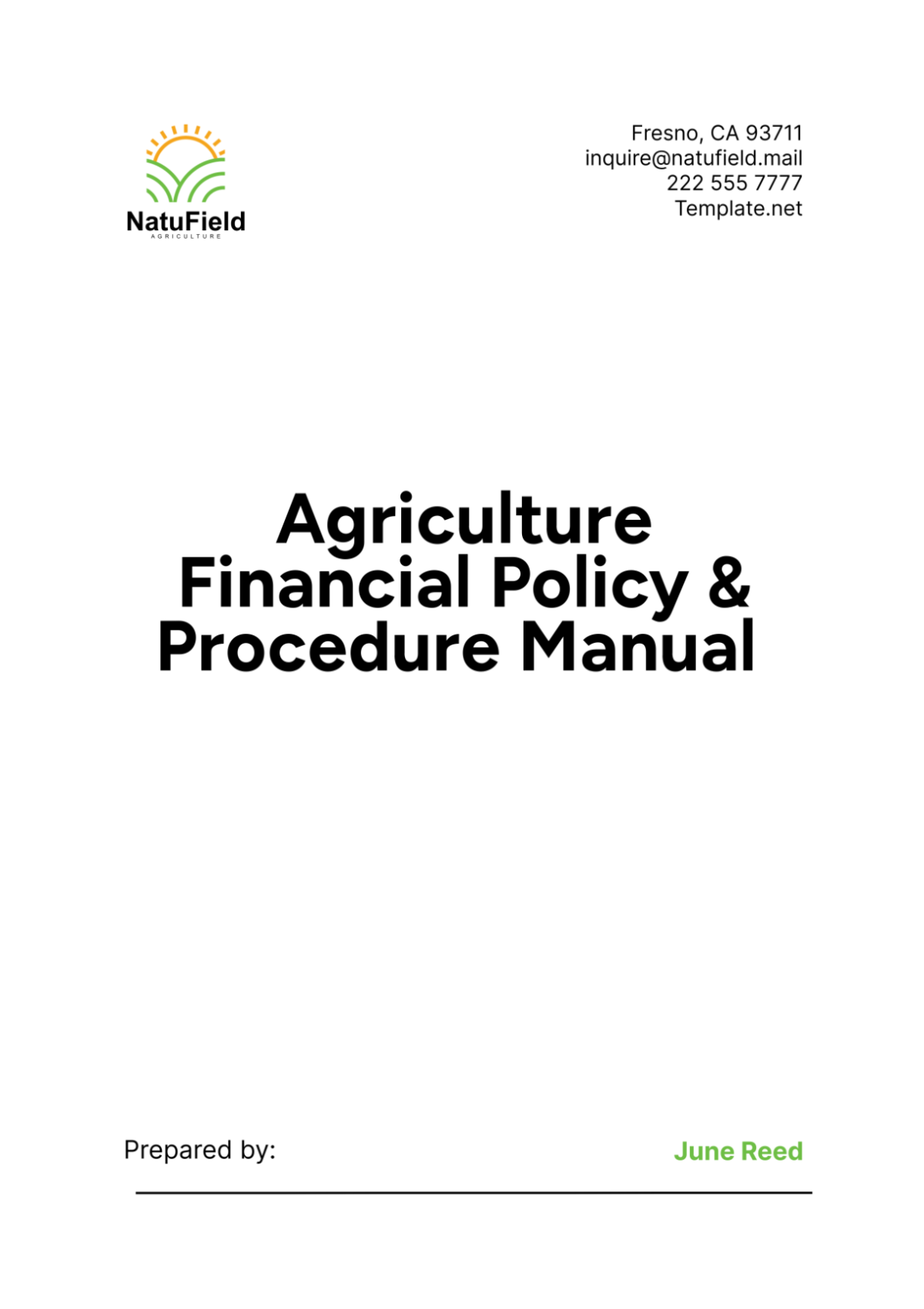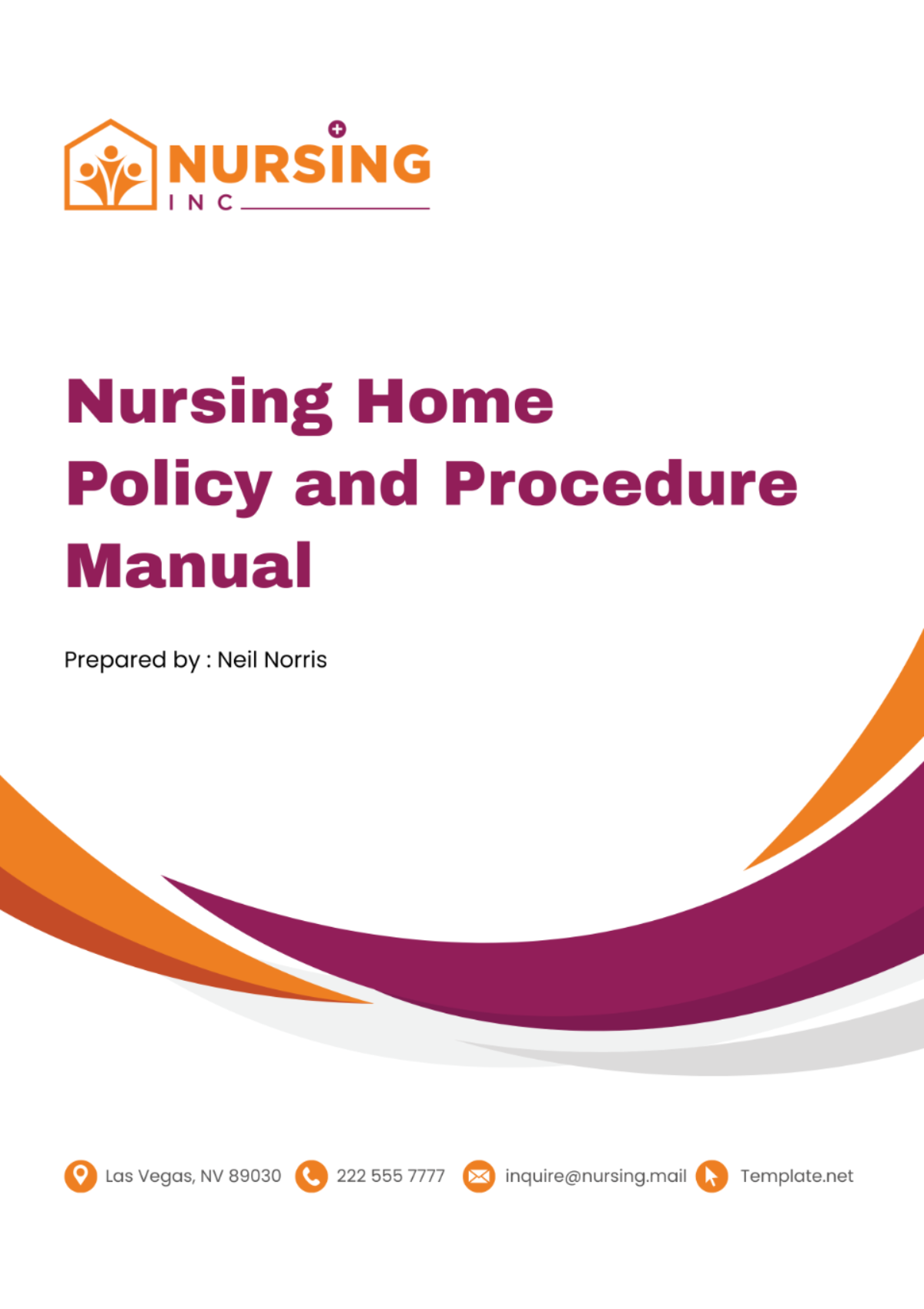Procurement Process Manual
Prepared by: [Your Name]
Date: January 1, 2060
I. Introduction
The Procurement Process Manual is designed to provide a structured and comprehensive framework for managing procurement activities within the organization. This manual aims to ensure that all procurement processes are efficient, transparent, cost-effective, and compliant with legal and organizational standards. By adhering to this manual, the organization can streamline purchasing procedures, optimize supplier relationships, and maintain accountability throughout the procurement cycle.
II. Procurement Policies
The Procurement Policies section outlines the core principles and guidelines that govern procurement activities. These policies ensure that all purchasing decisions are made in the best interest of the organization and comply with relevant legal, financial, and ethical standards. The following policies are typically included:
Fairness and Transparency: All procurement activities should be conducted impartially, ensuring equal treatment for all suppliers and stakeholders.
Cost Efficiency: Procurement should be focused on obtaining the best value for money while maintaining quality and service standards.
Sustainability: Where applicable, sustainability and environmental considerations should be factored into purchasing decisions.
Compliance: All procurement activities must adhere to local, national, and international regulations, as well as internal guidelines.
Confidentiality and Ethics: Procurement personnel must maintain confidentiality regarding sensitive business information and conduct their activities with integrity.
III. Procurement Process Flow
This section provides a detailed, step-by-step guide to the entire procurement process, from the initial requisition through to the final payment and evaluation. The typical procurement process follows these stages:
Requisitioning: A department identifies the need for goods or services and submits a requisition to procurement.
Supplier Sourcing and Evaluation: Procurement identifies and evaluates potential suppliers based on criteria like price, quality, and reliability.
Purchase Order (PO) Creation and Contract Negotiation: A purchase order is created and sent to the selected supplier, with a contract negotiated if necessary.
Order Fulfillment and Invoice Processing: The supplier delivers goods or services, and the procurement team verifies the delivery and processes the invoice.
Payment and Review: Payment is made to the supplier, and the process is reviewed for performance and future improvements.
IV. Supplier Selection and Evaluation
The Supplier Selection and Evaluation section is critical to ensuring that the organization works with the most suitable and reliable suppliers. It includes guidelines on identifying potential suppliers and assessing their qualifications.
Pre-Qualification: Suppliers must meet basic qualifications before being considered for selection. This may include legal compliance, financial stability, and relevant experience.
Evaluation Criteria: Key criteria for evaluating suppliers include:
Price and Cost Competitiveness: Ensuring that the supplier offers competitive pricing within the budgetary constraints.
Quality Assurance: Evaluating the supplier’s ability to consistently meet quality standards.
Delivery and Lead Time: Assessing the supplier’s ability to meet delivery timelines and product/service availability.
Reputation and References: Checking references and evaluating past performance to ensure reliability.
Sustainability and Ethical Practices: Considering the supplier’s commitment to environmental sustainability and ethical labor practices.
V. Contract Management
Contract Management ensures that the terms of procurement agreements are well-defined, legally sound, and monitored throughout the lifecycle of the contract. This section outlines how to create, manage, and monitor contracts effectively:
Contract Drafting: Contracts should be comprehensive, clearly outlining the scope of work, pricing, payment terms, delivery schedules, and penalties for non-compliance.
Contract Approval: All contracts must undergo a formal approval process, involving legal teams and senior management where necessary.
Monitoring and Compliance: Once signed, contracts must be regularly monitored to ensure the supplier meets its obligations, including delivery, quality, and other key performance indicators (KPIs).
Amendments and Renewals: Any changes to the contract must be formally agreed upon, documented, and communicated to relevant parties.
Contract Closure: Upon completion of the contract, a final review should be conducted to ensure all terms have been met before formally closing the contract.
VI. Purchasing Procedures
This section details the specific procedures that govern the purchasing activities within the organization, focusing on efficiency, consistency, and accountability. The following are the key components:
Request for Quotation (RFQ): The process for soliciting bids from potential suppliers for specific goods or services.
Purchase Order (PO) Creation: A step-by-step guide for creating and issuing purchase orders that are legally binding and include all relevant details.
Receiving and Inspection: Outlines the procedures for receiving and inspecting delivered goods or services to ensure they meet the required standards and quantities.
Payment Processing: Details the steps for reviewing invoices and ensuring timely payment according to contract terms.
Record Keeping: All purchase records, including POs, invoices, and contracts, must be maintained for compliance and auditing purposes.
VII. Compliance and Auditing
Ensuring compliance with legal, regulatory, and internal requirements is critical for maintaining transparency and accountability. The Compliance and Auditing section covers:
Legal and Regulatory Compliance: Procurement activities must adhere to all applicable laws, including anti-corruption laws, trade regulations, and industry-specific standards.
Internal Audits: Regular audits should be conducted to ensure that procurement activities comply with internal policies, budget constraints, and procurement standards.
Reporting: Procurement teams are required to provide detailed reports on procurement activities, including supplier performance, spending analysis, and compliance status.
Corrective Actions: If any discrepancies or non-compliance issues are identified, corrective actions must be taken to rectify the situation and prevent future issues.
VIII. Roles and Responsibilities
This section outlines the roles and responsibilities of key individuals involved in the procurement process, ensuring clear accountability and efficient workflow.
Procurement Manager: Oversees the procurement process, supplier relationships, and compliance with policies.
Procurement Officers/Buyers: Execute the procurement process, including sourcing suppliers, negotiating terms, and issuing purchase orders.
Finance Department: Responsible for processing payments and ensuring the procurement budget is adhered to.
Requesting Departments: Provide detailed requisitions and collaborate with procurement to ensure requirements are met.
Legal Department: Reviews and approves contracts and ensures compliance with legal standards.
IX. Conclusion
The Procurement Process Manual serves as an essential guide to standardizing procurement activities across the organization. By following the outlined policies, procedures, and best practices, the organization can achieve its procurement goals efficiently while maintaining compliance, transparency, and accountability.












